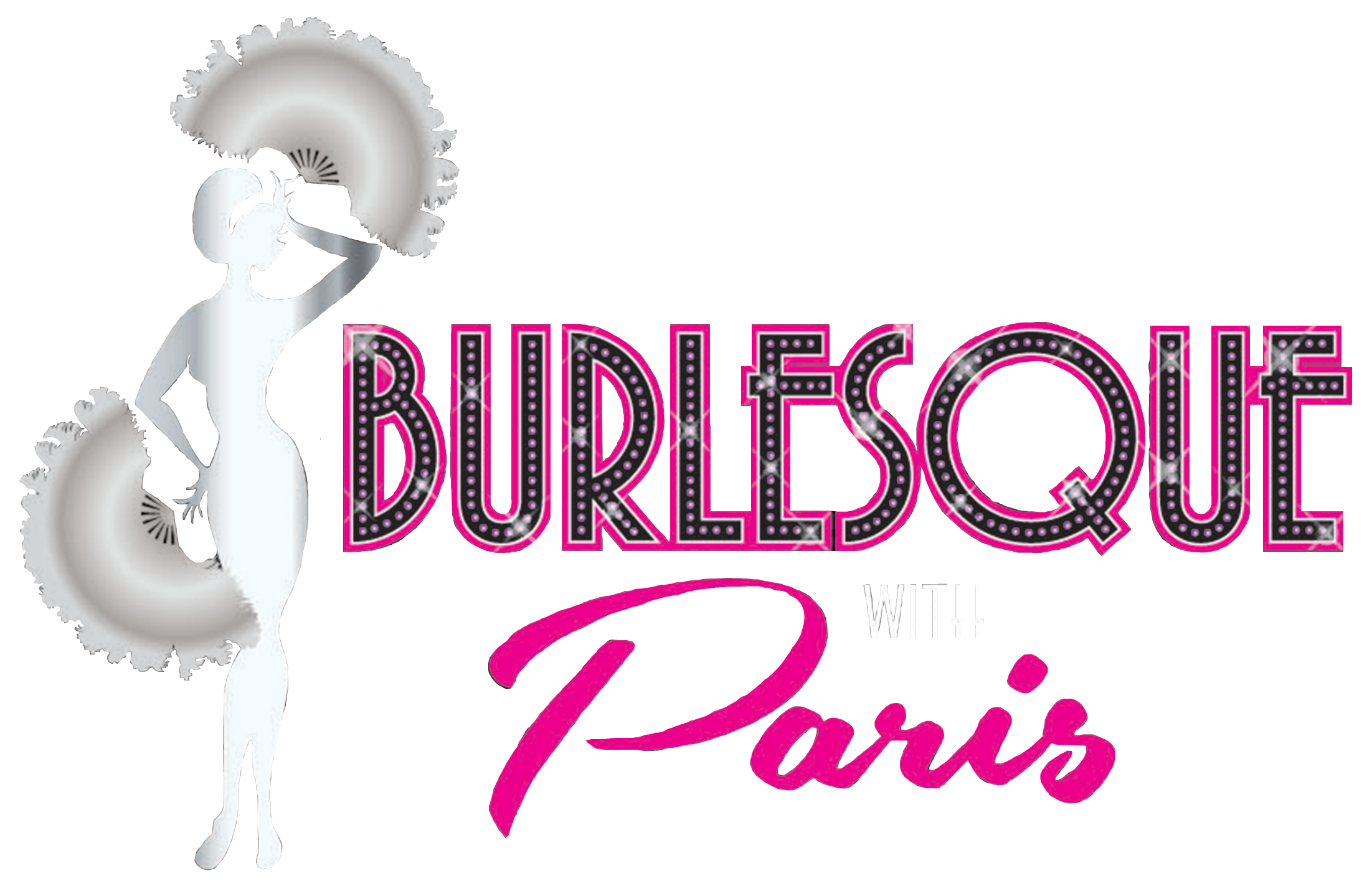Understanding The Difference Burlesque Tassels vs Burlesque Pasties
When it comes to the world of burlesque, costumes play a crucial role in creating a captivating and alluring performance. Two popular accessories that are often associated with burlesque are tassels and pasties. While both serve as essential components of burlesque attire, there are distinct differences between burlesque tassels and burlesque pasties that are worth exploring.
In this blog post, we will delve into the unique characteristics of each, their role in burlesque costuming, and the artistic and cultural significance they hold within the burlesque community.
Introduction to Burlesque Costuming
Burlesque performances are a dazzling blend of theatricality, humor, and the art of the tease, with costumes that play a pivotal role in bringing each act to life. These ensembles are not just outfits but storytelling tools that accentuate the performer's character, mood, and narrative on stage. At the heart of burlesque attire are its most iconic accessories: pasties and tassels. These elements do more than just adorn; they are integral to the performance, enhancing the visual appeal and adding layers of intrigue and allure. Burlesque costuming goes beyond mere clothing, embodying a tradition of creativity, extravagance, and personal expression. Each piece, from the feathers and sequins to the shimmering tassels, is chosen with the intent to captivate and mesmerize, making the costume as much a part of the act as the performance itself.
What are Burlesque Pasties?
Burlesque pasties are intricately designed adornments that serve the dual purpose of covering the performer's nipples and enhancing the visual appeal of the burlesque costume. These petite yet powerful costume pieces are crafted from a wide range of materials, including but not limited to, sparkling sequins, luxurious feathers, and eye-catching rhinestones. The diversity in their construction allows for an endless array of styles, from the elegantly simple to the extravagantly ornate, enabling performers to select pasties that perfectly match the theme and mood of their act. They are affixed securely to the skin, ensuring that they stay in place throughout the dynamism and movement of the performance. Beyond their functional role, pasties embody a playful and flirtatious spirit, encapsulating the essence of burlesque's art of tease. Their use is a testament to the performer's creativity and personal expression, offering a canvas for individuality even within the framework of traditional burlesque costuming.
The Role and Styles of Burlesque Tassels
Tassels serve a dynamic purpose in the realm of burlesque, elevating the artistry of the costume and the performance alike. These embellishments are meticulously crafted from a variety of materials, including silky threads, sparkling metallics, and even innovative light-up components, to create a captivating visual spectacle. As a performer moves, the tassels sway and spin, drawing the audience's gaze and adding a layer of enticement and flair to the act. They can be found in numerous designs, ranging from the traditional fringe that exudes classic burlesque charm to the modern and intricate beaded varieties that can add a touch of sophistication or whimsy. Some performers opt for tassels with special features, such as those that illuminate, to add an unexpected twist and further mesmerize onlookers. This variety allows artists to select tassels that not only complement their costume but also underscore their performance style and the mood they wish to convey. Through their movement and design, tassels become an extension of the performer's body and artistic expression, playing a crucial role in the storytelling aspect of burlesque. They are not merely decorative but are fundamental in enhancing the sensory experience of the performance, proving that these adornments are as versatile as they are visually striking.
The Artistic and Cultural Significance of Pasties and Tassels
Pasties and tassels not only play a pivotal role in the aesthetic appeal of burlesque but also carry deep artistic and cultural significance that enriches the tradition of the performance art. These elements are more than mere costume accessories; they are emblematic of the burlesque genre's rich history and its evolution over time. Pasties, in particular, have become synonymous with the empowerment and liberation of performers, allowing them to own their sensuality and present it on their terms. This aspect of personal and artistic expression is a testament to the resilience and adaptability of burlesque culture, reflecting societal changes and the ongoing dialogue about body autonomy and freedom of expression.
Meanwhile, tassels add a layer of complexity to performances through their kinetic potential, turning the human body into a living, moving work of art. Their hypnotic movements captivate audiences, creating a unique visual language that communicates themes of desire, playfulness, and celebration. The use of tassels in burlesque acts showcases the ingenuity of performers in manipulating their attire to enhance the storytelling component of their routines, further solidifying the art form's place in the realm of performative art and cultural expression. Together, pasties and tassels encapsulate the essence of burlesque's enduring appeal, marrying visual spectacle with the performers' narratives of empowerment, creativity, and artistic freedom.

